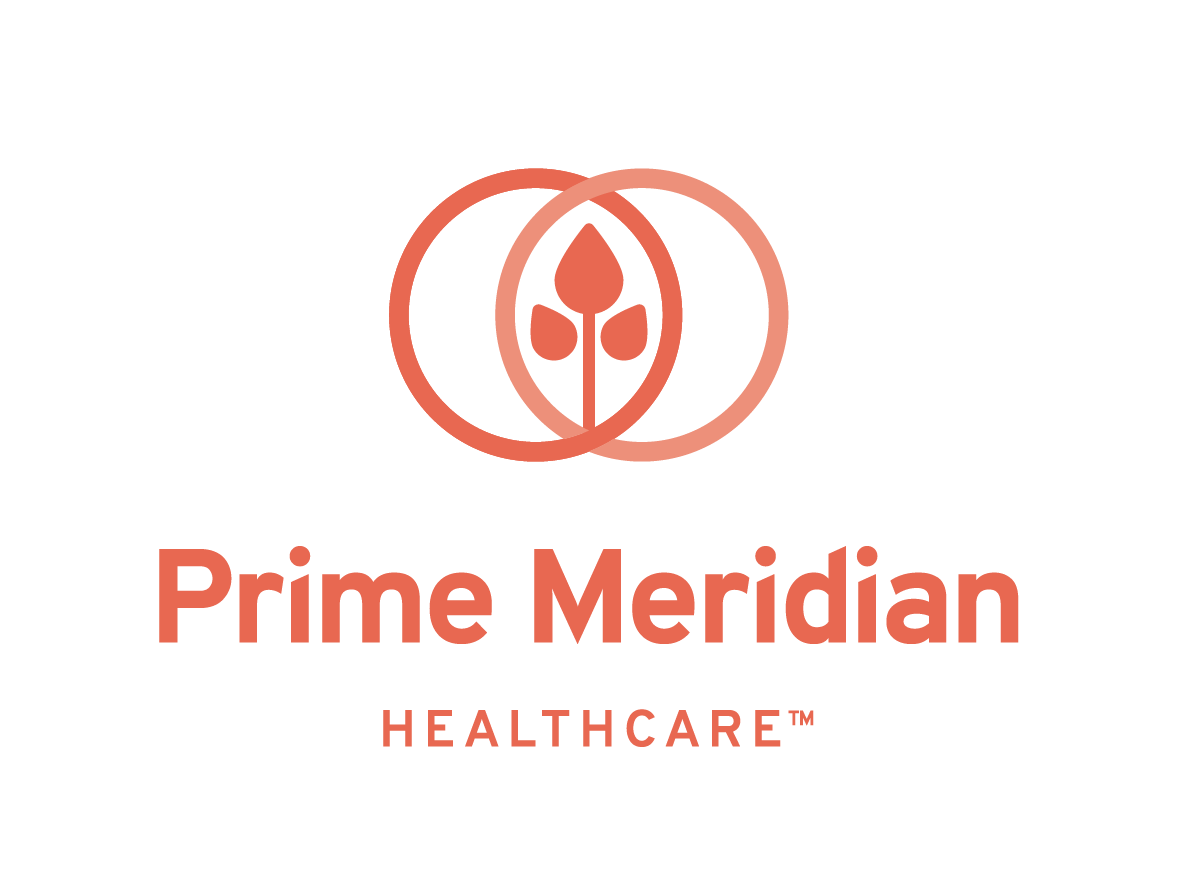
Stress Yourself to Resilience
Stress is part of the human condition
It’s something everyone experiences on a daily basis. According to the American Psychological Association, three out of four adults regularly experience physical and psychological symptoms of undue stress (1). But without stress, your body and mind has no impetus to grow stronger. One of the keys to building physical and mental resilience is knowing how to properly respond to stress, and it’s as easy as a few mindful-based steps.

The Stress Response
Stress is a biological evolutionary mechanism. It helps you survive. In the short term, the stress response prompts a cascade of hormone and physiological changes that prepare you to run away from or challenge threats to your safety. If a situation is determined to be an immediate danger, the hypothalamus (the small region at the base of the brain that is responsible for regulating homeostasis) is activated, sending signals to your pituitary gland and adrenal medulla to facilitate a “fight or flight response.” This series of immediate sense-heightening hormonal and physiological changes prepares you to either charge towards your fears or run away from them—instantly and at the peak of your capability. While your modern day stress response generally isn’t triggered by the presence of a large carnivorous animal, or really anything actually physically dangerous, it can physiologically prepare you to perform optimally for a work interview or at an athletic competition
As the stressful situation continues, your response goes through three stages:
ALARM REACTION
The “fight or flight” stage, regulated by the sympathomedullary pathway (SAM) and characterized by increased release of liver glycogen and secretions of adrenaline and cortisol for instant boosts to energy and awareness.
SIGNS
Immediate increases in heart and breathing rate, pupil dilation, flushed skin, compromised pain response, feelings of being “on edge.”
RESISTANCE
After the initial shock, your autonomic processes (heart rate, breathing, pupillary response, etc.) begin to normalize and the hormone storm slows. You (hopefully) begin your return to homeostasis, recovering from the damage caused by “fight or flight,” but your body prepares to remain on high alert. If the situation persists, the hypothalamic pituitary-adrenal (HPA) system takes over.
SIGNS
Irritability and quick frustration, decreased ability to concentrate, tightness in the shoulders and neck, digestive discomfort.
EXHAUSTION
If the stressor remains, the body is not able to fully recover and the HPA system continues to regulate the response. High alert becomes the “new normal” and chronic dysfunction sets in. In a sense, the body has reached the point where it no longer can battle the stress.
SIGNS
Physical fatigue, decreased resilience to minor stressors, inability to regulate mood, constant feelings of anxiousness, increased susceptibility to illness.
Effects of Stress on the Body
As your stress response progresses from acute alarm reaction to long-term exhaustion, every body system and normal biological function goes into a state of dysfunction:
-
Cardiovascular, endocrine, immune, nervous, and respiratory systems are in constant alert and not allowed to return to homeostasis (2).
-
Endocrine and metabolic disruption impedes your ability to manage weight (3).
-
Changes to circadian rhythms make quality sleep more difficult (4).
-
Constant HPA activation negatively affects cognitive function (5).
-
Your stress tolerance decreases, influencing mental and psychological well-being (6).
In the long term, exposing yourself to progressively larger amounts of stress by facing it and allowing for recovery can make you stronger. This is exactly how muscles grow and your cardiorespiratory system becomes more efficient, and it can also make you more psychologically resilient. But, it all depends on how you react.
Stressing Yourself to Resilience
The key to turning stress into strength is how you respond. Of all the benefits of mindfulness, how it can help induce positive stress response so that your challenges increase resilience may be the most scientifically validated (7). By practicing mindfulness when exposed to a stressor, you enhance your ability to self-regulate emotions and control your attention (8). Mindfulness-based stress reduction (MBSR) has three basic steps:
1
AWARENESS
Take a few moments to look inward and focus on nothing but your breathing. Acknowledge that you are in a stressful situation and observe how your body and mind are reacting. Being aware of your reactions is the first step to turning them positive.
2
ACTION
Understanding how you are responding, actively address each stress symptom with the goal of returning to homeostasis. Slow your breath, consider a short meditative practice, go for a walk, or do some stretching.
3
STRENGTHEN
Once your body and mind have returned to homeostasis, use that clarity to actively promote health: do some vigorous exercise, eat a healthy meal, and spend time with loved ones.
Without stress, there is no reason to become stronger and more resilient. In exercise physiology, this concept is known as the principle of progressive overload, but it applies to more than your body. Exposure to stress may not be a pleasant experience in the moment, but if you respond to it correctly and do not allow it to progress from alarm reaction to exhaustion, stress can promote growth. Talk to your trusted Prime Meridian Healthcare provider about how you can use simple mindful practices to turn your stress into resilience.
References
1
Stress in America: State of the Nation
American Psychological Association.
4
Effect of Psychosocial Stress on Sleep
Kim E. and Dimsdale J.
7
Mindfulness-Based Therapy
Khoury B., et al.
2
Impact of Stress on Body Function
Yayerbeygi H., et al.
5
Effects of Stress on Cognitive aging, Physiology, and Emotion
Scott S., et al.
8
Neuroscience of Mindfulness Meditation
Tang Y., et al.
3
Psychosocial Stress and Change in Weight
Block J., et al.
6
Lifetime Stress Exposure on Mental and Physical Health
Toussaint L., et al.


